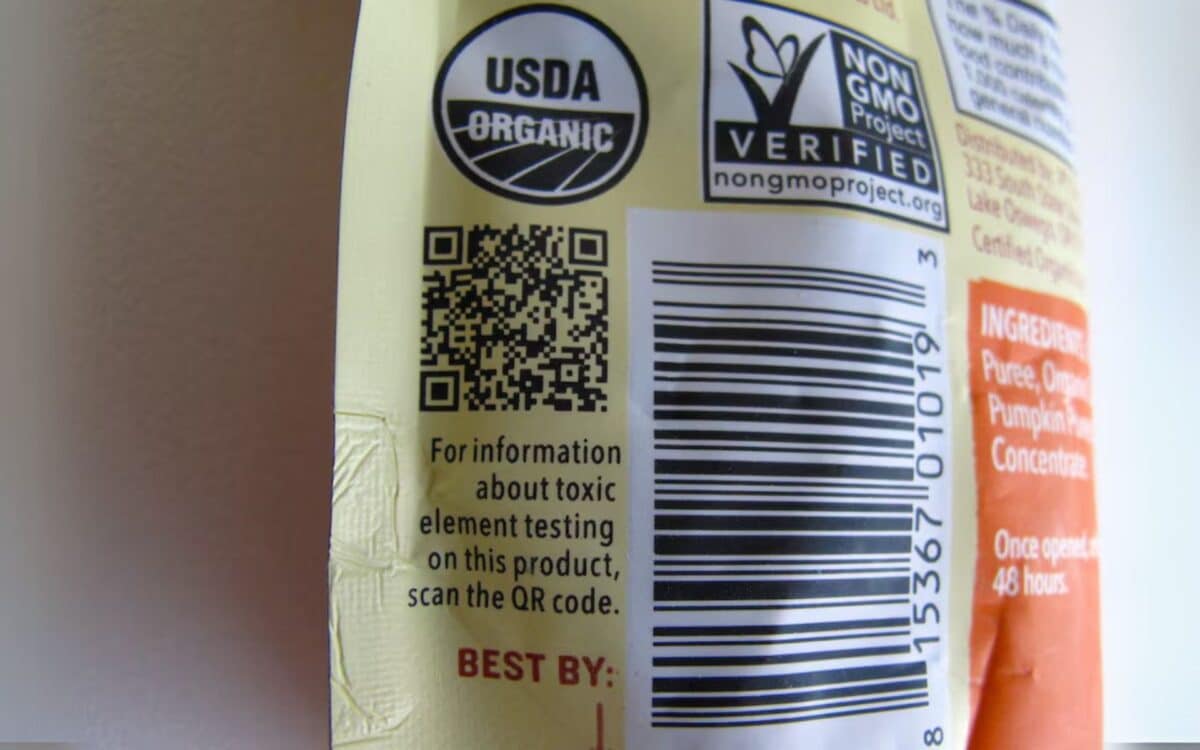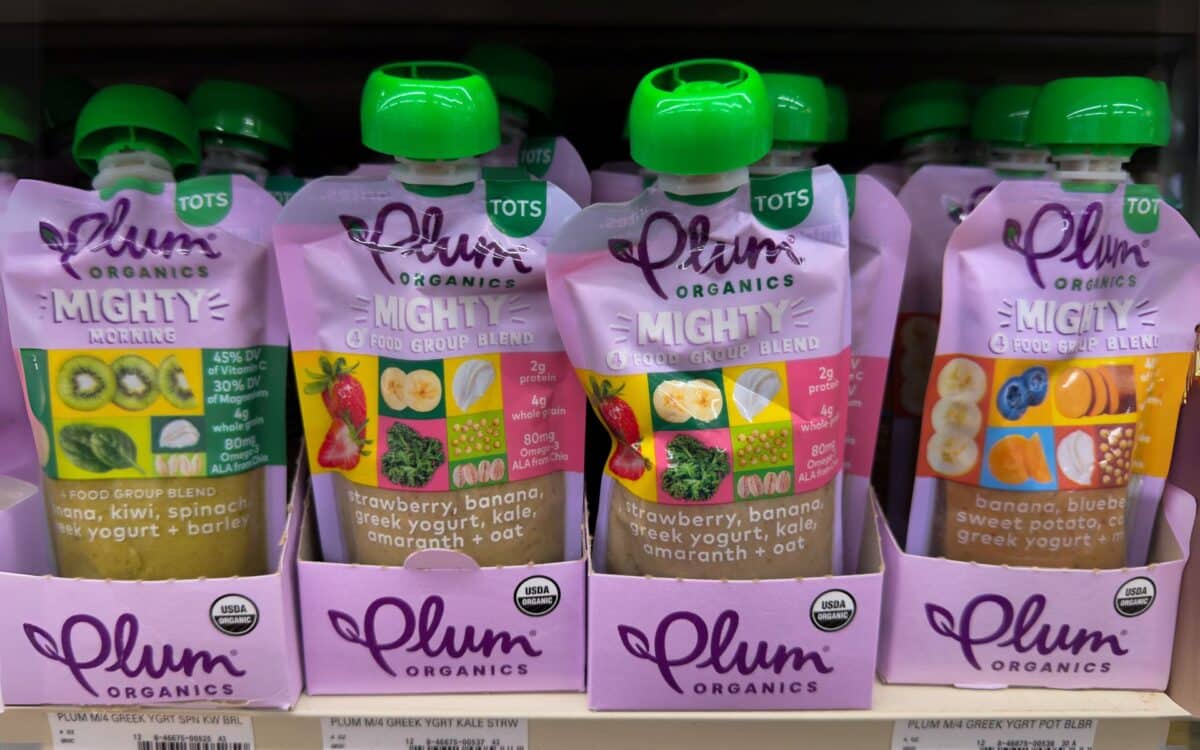Several baby food manufacturers are under increased scrutiny after failing to meet California’s rigorous safety standards for lead content. These findings come in response to a new state law requiring companies to test their products for heavy metals and publicly report the results.
Reuters, which reviewed over 1,700 test results from nine major brands, reported that more than 100 samples exceeded the state’s daily limit for lead exposure.
The investigation has reignited public concern about the presence of toxic substances in baby food, raising questions about long-term health impacts for children and prompting renewed calls for stricter oversight and industry accountability.
The Testing and Its Findings
California’s law, which took effect on January 1, requires all baby food manufacturers to test their products for heavy metals, including lead, and publicly disclose the results. A total of 1,757 test results from nine companies were analyzed by Reuters, revealing that 102 of these samples exceeded California’s lead limit of 0.5 micrograms per day.
Some of the affected brands include well-known names like Plum Organics, Beech-Nut, Nestlé, Gerber, Square Baby, Pumpkin Tree, and Happy Family’s Happy Baby, owned by Danone.

Products with elevated lead levels included Plum Organics’ Just Prunes, Beech-Nut’s Organic Sweet Potatoes, and Gerber’s 2nd Foods Carrots. These findings emphasize the risks of cumulative lead exposure, even when individual servings remain within FDA guidelines.
Health Implications of Lead Exposure
Although none of the tested products surpassed the U.S. FDA’s maximum daily lead limit, experts are concerned about the cumulative effects of lead exposure on children’s health. Research has shown that even small amounts of lead can cause developmental issues and health risks over time.
Jane Houlihan, research director at Healthy Babies Bright Futures, a non-profit focused on kids’ health, emphasized the dangers of repeated exposure:
Those exposures add up. They create health risks in childhood and throughout a lifetime. Every time a child eats a meal contaminated with lead, it’s a problem.
While concerns remain, some experts argue that completely eliminating lead exposure is unrealistic. Norbert Kaminski, director of the Center for Research on Ingredient Safety at Michigan State University, pointed out,
The goal is to minimize exposure to these heavy metals, but to completely eliminate exposure is not realistic. What’s the alternative, stop eating?
Industry responses and regulatory challenges
In response to the findings, some companies, including Beech-Nut and Gerber, argue that California’s law allows them to average the lead content across multiple batches of baby food.
However, the law does not explicitly endorse this approach, which has led to confusion and potential legal challenges. Some baby food manufacturers have started adjusting their recipes or sourcing from farms with lower levels of heavy metals to reduce contamination.
Happy Family and Pumpkin Tree have stated that they comply with federal and state regulations.
On the other hand, Plum Organics and Beech-Nut have argued that they are within the legal limits as the California law permits averaging contamination levels across different batches. Gerber similarly contends that they meet the legal limits by averaging a child’s consumption over time, assuming they do not eat the same product daily.
Lauren Handel, a food industry attorney, noted that while courts have allowed such practices, the law itself does not explicitly permit this method. This has led to some legal uncertainty, with potential for further lawsuits against manufacturers.
The California Office of Environmental Health Hazard Assessment, which oversees the lead limits, reviewed the test data and concluded that the levels exceeded California’s limit assuming a child eats one contaminated meal per day.
Ongoing Legal Battles and State-Level Action
The issue of lead in baby food is not just confined to California. A lawsuit involving companies such as Gerber, Plum Organics, and Beech-Nut, filed by parents claiming that heavy metals contribute to conditions like autism and ADHD, is still ongoing. Bill Marler, an attorney representing victims in such cases, stated,
This case is really going to hinge on how good the science is and whether or not the lead levels in the products are sufficient enough to cause harm – and what is that harm.
However, David Graham, a food industry lawyer, warned,
Proving in court that lead in baby food harms children is going to be very difficult because there are other sources of lead—environmental sources and other foods—that kids are exposed to.
Other states, like Maryland and Illinois, are also considering or have implemented similar lead-testing and disclosure laws to protect children’s health, following California’s lead.
Cerebelly, a California-based baby food company, has already taken action by finding a new supplier in a region with cleaner soil after settling two lead-related lawsuits.
Similarly, Square Baby has started reformulating its recipes after discovering lead levels higher than the California limit.









